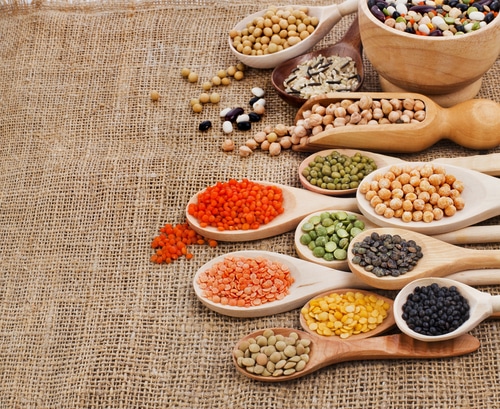
Prebiotics
Our internal ecosystems depend on large numbers of “good” bacteria to outnumber potentially harmful ones that may invade our bodies and make us sick. But to ensure the health of those beneficial populations, it is important to understand the basics of prebiotics – the food that probiotics eat.
Prebiotics are typically carbohydrates that are nutritionally classed as soluble fiber. This soluble fiber is not digestible in the human system but is fully digestible to bacteria. To put it another way, prebiotics are food for our intestinal flora.
Sources of Prebiotics
Of course, researchers have isolated the prebiotics from food and they are readily available as supplements, but there are many food sources of prebiotics. Bananas, onions, leeks, garlic, artichokes, and asparagus are among the best food to eat to obtain adequate supplies of quality prebiotics. What’s more, prebiotics are heat resistant. That means that you don’t have to eat your garlic raw to gain the benefits.
In order to maintain optimum health, people need large populations of beneficial flora or probiotics. Just like all living organisms, the health of these essential microorganisms depends on the quality of food they are given. Scientists are now discovering the critical role that prebiotics play in maintaining a healthy internal ecosystem.
Related Articles By Cathe:
Probiotics and Prebiotics: What’s the Difference and Why Does It Matter?
Can Endurance Exercise Change Your Gut Microbiome?
Does All Yogurt Contain Probiotics and Active Cultures?
The Problem with Probiotic Supplements: Are They What They Seem to Be?
Can Probiotics Help with Exercise Recovery?
Are Probiotic Supplements Overhyped?
4 Science-Backed Reasons to Add More Fermented Vegetables to Your Diet

